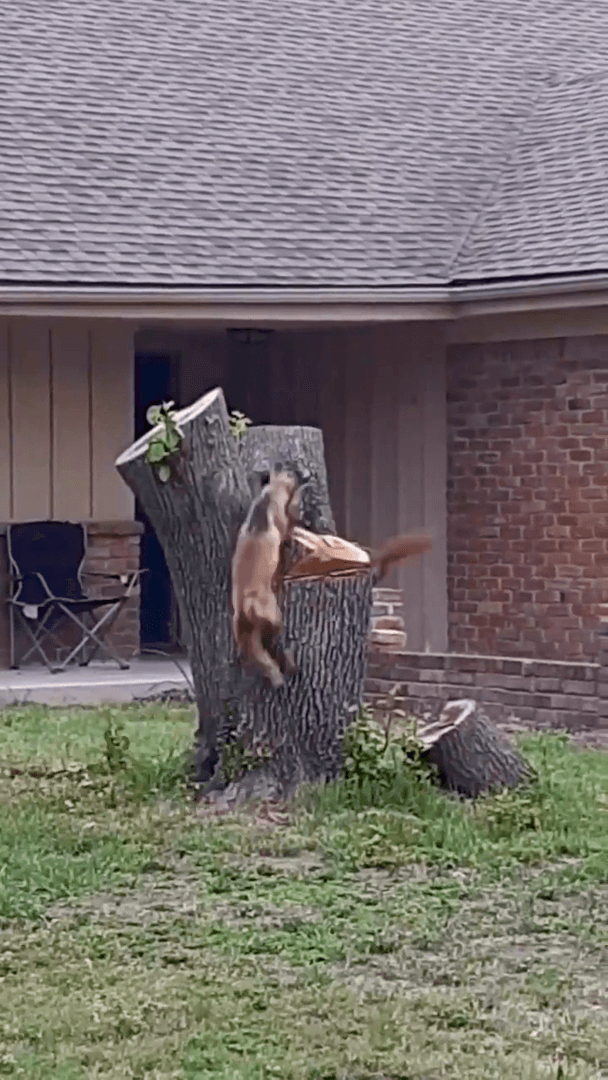
Review of the Pard SA 62-45 LRF Thermal Scope I recently had the opportunity to test the Pard SA 62-45 LRF thermal scope, and I wanted to share my honest impressions based on my experience. First off, the image quality is quite impressive for a thermal scope in this price range. The resolution is clear, and the ability to distinguish between various heat signatures is a notable feature. Whether in complete darkness or during dusk conditions, this scope performs admirably, allowing for effective target acquisition. The built-in LRF (Laser Range Finder) has been a game-changer for my shooting accuracy. It provides quick and reliable distance readings, which is crucial for long-range shots. The range-finding functionality works well, although I found that it can sometimes struggle with reflective surfaces, such as metal objects. One of my favorite aspects of the Pard SA 62-45 is its user-friendly interface. The controls are intuitive, and I quickly figured out how to navigate the diff
Post: 8 November 23:52














































